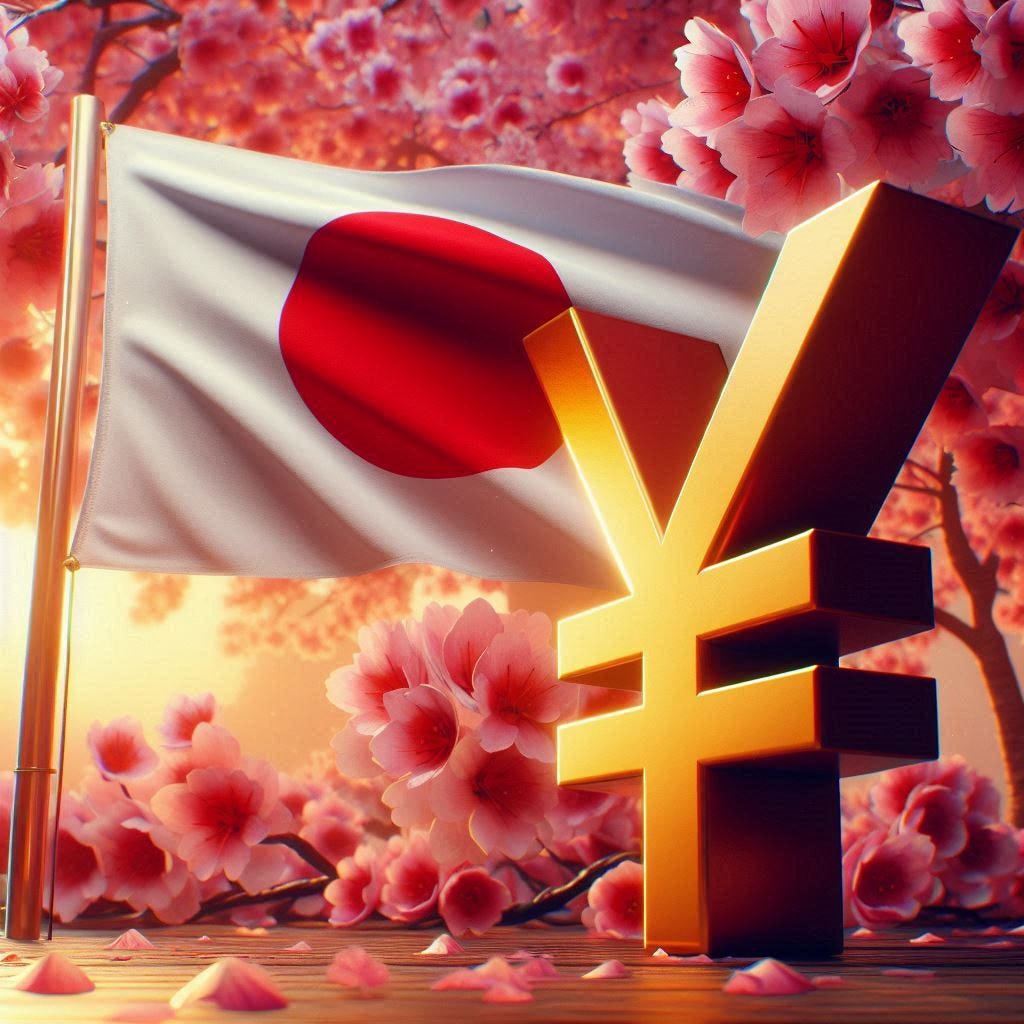Japan’s Many Market Holidays: A Quirk of Investing in the Land of the Rising Sun
19 Days Off in 2025 — Welcome to the Japanese Stock Market
If you're keeping an eye on your Japanese portfolio this week and wondering why nothing's moving—you're not alone. Today, May 5th, is Children’s Day, and tomorrow, May 6th, the Tokyo Stock Exchange is still closed for the observed Greenery Day. That means two full trading days—right in the middle of earnings season—gone quiet.
And this isn't a rare occurrence.
One of the lesser-discussed quirks of investing in Japan is the sheer number of market holidays. In 2025, there are 19 full market closures spread across the calendar, more than most major markets. For long-term investors, it’s a curiosity; for short-term traders, it can be a real source of friction. Either way, it’s part of the landscape.
Let’s break it down:
🗓️ All Market Holidays in Japan – 2025
January 1–3: New Year’s Holidays (three days!)
January 13: Coming of Age Day
February 11: National Foundation Day
February 23–24: Emperor’s Birthday & Observed Holiday
March 20: Vernal Equinox
April 29: Showa Day
May 3–6: Golden Week (Constitution Day, Greenery Day, Children’s Day + Observed)
July 21: Marine Day
August 11: Mountain Day
September 15: Respect for the Aged Day
September 23: Autumnal Equinox
October 13: Sports Day
November 3: Culture Day
November 23–24: Labor Thanksgiving Day + Observed
December 31: Year-end Holiday
Why So Many?
Japan’s cultural and seasonal calendar is packed with public holidays, many of which are observed with a stock market closure. Add to that the tradition of multi-day shutdowns during New Year and Golden Week, and you’ve got a market that frequently pauses to take a breath.
These breaks are reflective of a broader Japanese cultural value: rest and rhythm. While the U.S. market famously takes only a handful of days off each year, the Tokyo Stock Exchange closes more often—and often in clumps.
What This Means for Investors
For dividend investors, this holiday-heavy calendar is more of a feature than a bug. It encourages patience and discourages overtrading. But there are a few things to keep in mind:
Liquidity gaps: Illiquid days can lead to pent-up volatility when markets reopen.
Earnings delays: Companies often report earnings outside of U.S. trading hours, and long breaks can stretch timelines.
Planning ahead: If you're allocating funds or rebalancing a Japan-focused portfolio, it pays to know when the market is offline.
So yes, the Tokyo Stock Exchange may be taking another day off—but your dividends don’t stop accruing, and neither does the long-term story of Japanese equities. Just be ready for a few more naps along the way.
At DividendJapan, we aim to highlight these opportunities and uncover hidden gems that may not yet be on your radar. Stay tuned as we explore Japan’s dividend growth stories and the next generation of market leaders! Investing in Japan isn’t for everyone, given its unique trading hours, large price swings, currency fluctuations, lot size requirements, and limited analyst coverage — yet the country also offers some of the world’s best dividend growth opportunities, with countless hidden gems waiting to be discovered.
Disclaimer: The information provided here is for informational purposes only and should not be considered financial advice. Investors should conduct their own research or consult with a financial advisor before making any investment decisions.


